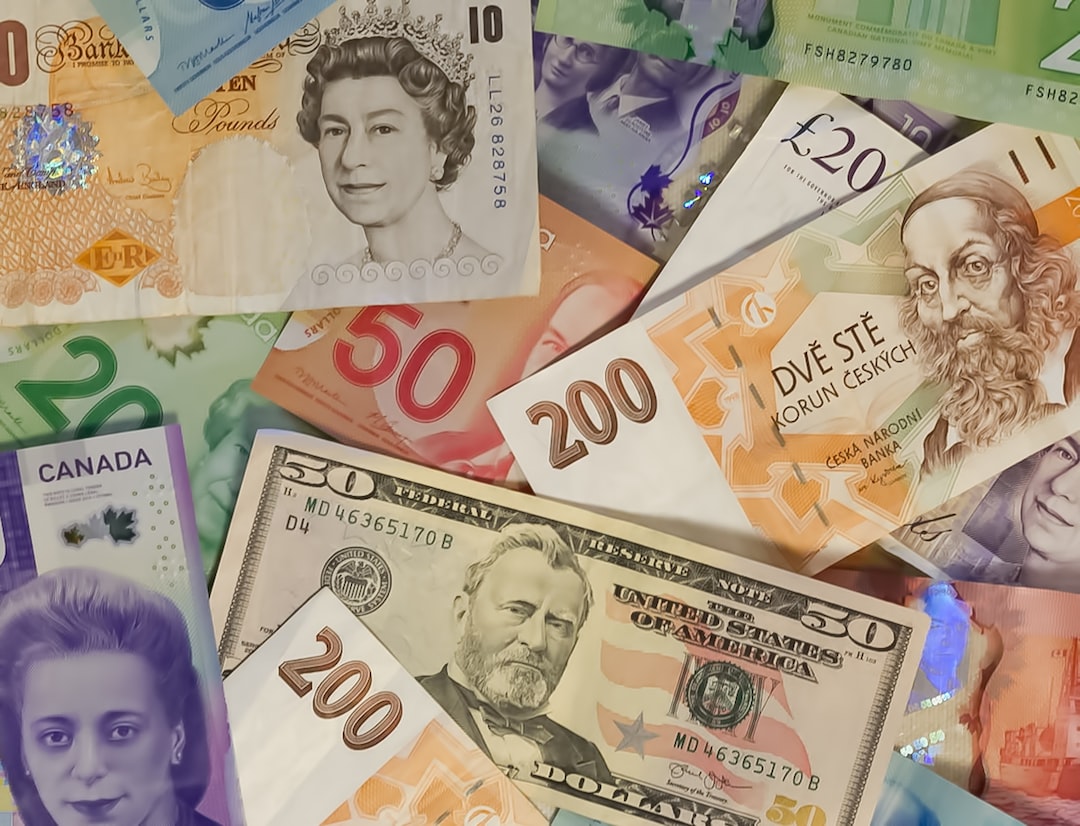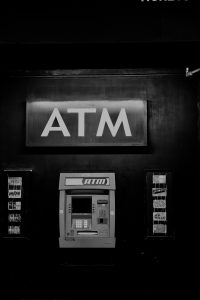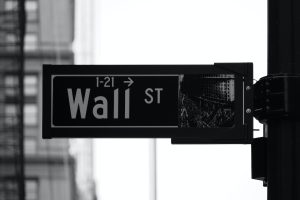Banks are one of the biggest players in the forex market. As such, they have access to a wealth of information and resources that help them make informed trading decisions. One of the key tools that banks use to trade forex is indicators. In this article, we will explore the different indicators that banks use to trade forex and how they use them.
Moving Averages
Moving averages are one of the most commonly used indicators in forex trading. They are used to identify trends in the market and to determine the direction of price movement. Banks use moving averages to identify potential entry and exit points for trades. The most common moving averages used by banks are the 50-day and 200-day moving averages.
Relative Strength Index (RSI)
The Relative Strength Index (RSI) is another popular indicator used by banks to trade forex. The RSI is a momentum oscillator that measures the strength of price movements. Banks use the RSI to identify overbought and oversold conditions in the market. When the RSI is above 70, it indicates that the market is overbought, and when it is below 30, it indicates that the market is oversold.
Fibonacci Retracement
Fibonacci retracement is a technical analysis tool that is based on the Fibonacci sequence. The tool is used to identify potential support and resistance levels in the market. Banks use Fibonacci retracement to identify potential entry and exit points for trades. The most common Fibonacci retracement levels used by banks are 38.2%, 50%, and 61.8%.
Bollinger Bands
Bollinger Bands are another popular indicator used by banks to trade forex. Bollinger Bands consist of three lines: a moving average line, an upper band, and a lower band. The upper and lower bands are placed two standard deviations away from the moving average line. Banks use Bollinger Bands to identify potential entry and exit points for trades. When the price reaches the upper band, it indicates that the market is overbought, and when it reaches the lower band, it indicates that the market is oversold.
MACD
The Moving Average Convergence Divergence (MACD) is a momentum indicator that is used to identify changes in momentum in the market. Banks use the MACD to identify potential entry and exit points for trades. When the MACD line crosses above the signal line, it indicates a buy signal, and when it crosses below the signal line, it indicates a sell signal.
Conclusion
In conclusion, banks use a variety of indicators to trade forex. These indicators help banks to identify potential entry and exit points for trades and to make informed trading decisions. The most commonly used indicators by banks are moving averages, RSI, Fibonacci retracement, Bollinger Bands, and MACD. However, it is important to note that no single indicator can accurately predict the direction of the market. Banks use a combination of indicators and other tools to make informed trading decisions.





